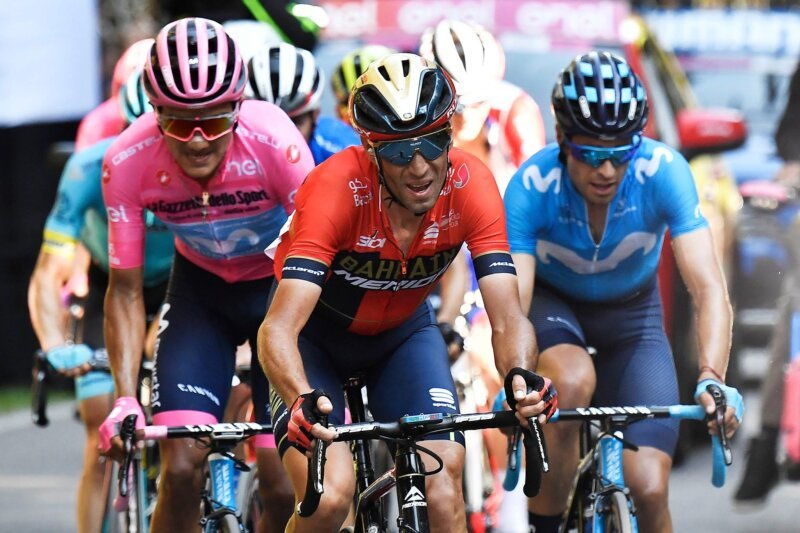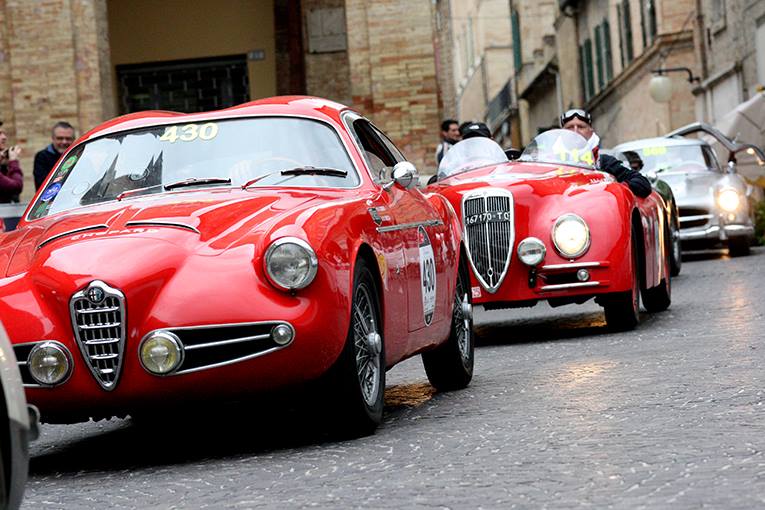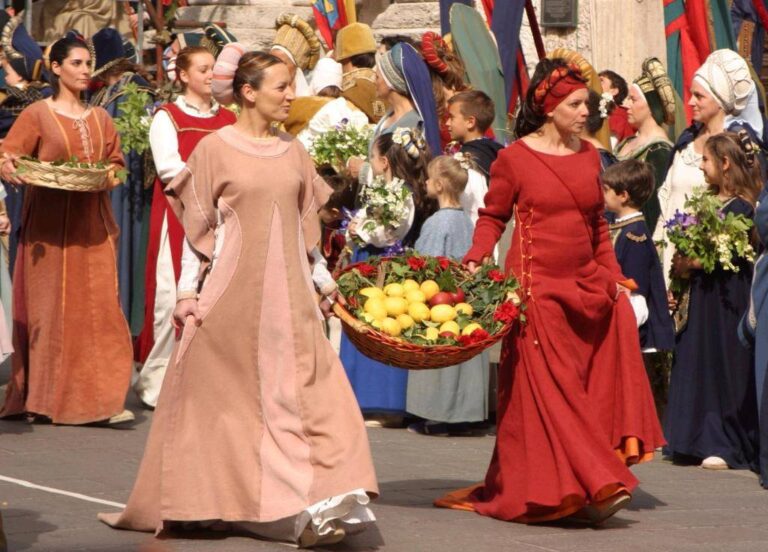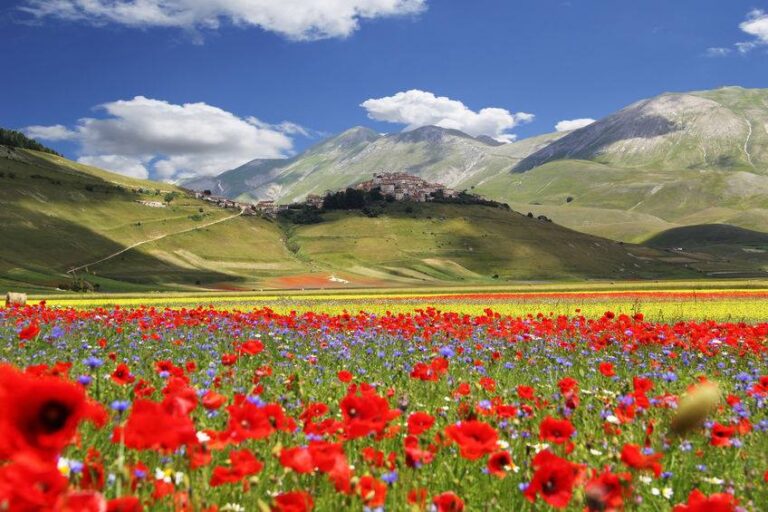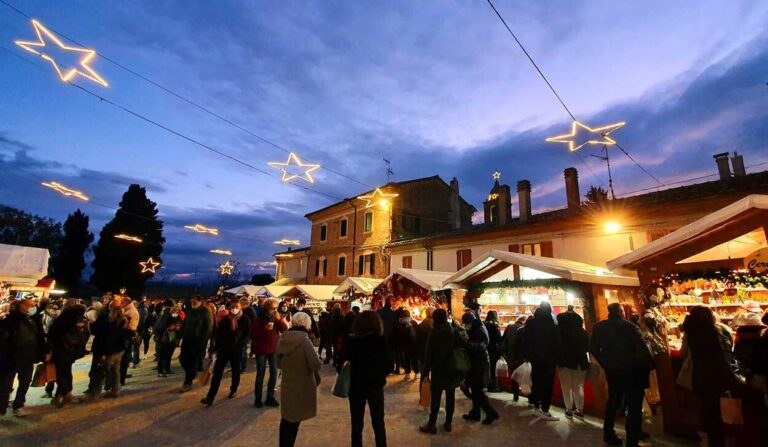Giro d’Italia, Fausto Coppi and Gino Bartali duel
Giro d’Italia, more famously known as the “Giro,” is a long-distance bicycle race for professional riders. It is held in and around Italy over a span of three weeks in May or June. Started on the 13th of May, 1909, in Milano’s Piazzale Loreto, and inspired by the Tour de France, this Great race was aimed at boosting the circulation of the Italian Sports newspaper La Gazella dello Sport. Such is the importance of this race that along with the Tour de France and the Vuelta a Espana, it is part of the Triple Crown of Cycling.
The inaugural edition consisted of eight stages and 2448 kilometers in which Luigi Ganna finished first among a field of 127 riders. Only 49 riders finished the race, which ended after 17 grueling days. The first time the event was held outside Italy was when San Marino hosted the race in 1965. The Principality of Monaco hosted the race the very next season.
Similar to the Tour de France, which awards its winner the prestigious yellow jersey, the winner of the Giro gets a Maglia rosa (pink jersey) – pink representing the color of the newspaper La Gazella dello Sport. This tradition started in the year 1931 onwards. The ‘King of the Mountains’ adorns a green jersey while the points leader wears a mauve jersey. (The best climber in a road race is given the title of ‘King of the Mountains’)
The best riders in history lost several years of their prime racing careers due to the two World Wars. Very few of them survived the Wars and appeared on the start line of the post War races. Though the German-occupied territories hosted some wars during World War II, it was impossible to travel to those places safely, so many riders who mattered did not participate. It was almost a given those days that big riders participated mostly in home races only. For example, Giradengo and Binda mastered the Tour of Lombardy and Milan-San Remo but hardly took part in Tour de France competitions. Only after the war did racers take the northern classics seriously.
The Rivalries
A Giro would not be fun if there were no rivalries among the various riders. There have been many great rivalries on the Italian race circuits over the years, the first of them being between Constante Giradengo and Alfredo Binda, the former being Italy’s first superstar. There was no love lost between Giradengo and the good looking Binda. Binda, the five-time Giro winner, refused to even talk to Giradengo for a while. In 1927, Binda established a clear advantage when he won by a large margin to claim his first world championship title.
But the rivalry between Gino Bartali and Fausto Coppi is arguably the greatest in cycling history. Both the riders’ contrasting natures spiced up the affair even more as Italy took sides between the religious Gino and the self-professed atheist, Fausto.
Gino Bartali
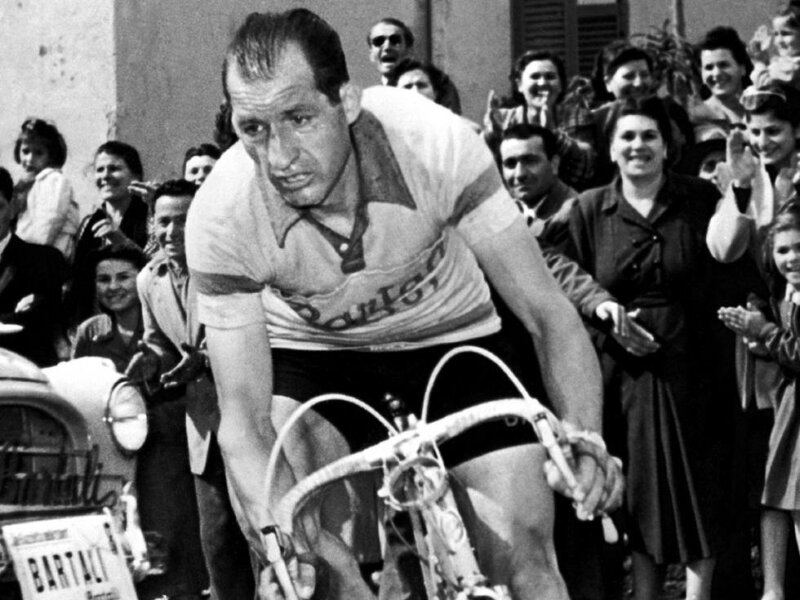
Born in 1914, Gino was a typical hard-working Tuscan. His religious ways counterpointed his ruthless attitude on the race tracks. In the morning of his career, when two popular Italian racers tried to box him in near the finish of a race, he rammed through them right in the middle ending the event in a bloody crash. That was the last time anyone tried to box Gino. When he was 20, he won the climber’s jersey (in 1935). He was a great climber and won the mountains jersey a record seven times. He was also the first rider to win the Tour de France overall title and the mountains jersey in the same year (1938). He repeated the feat in 1948 when he won seven stages. Gino retired in 1954 at the age of 40 and died on the 5th of May, 2000.
Fausto Coppi
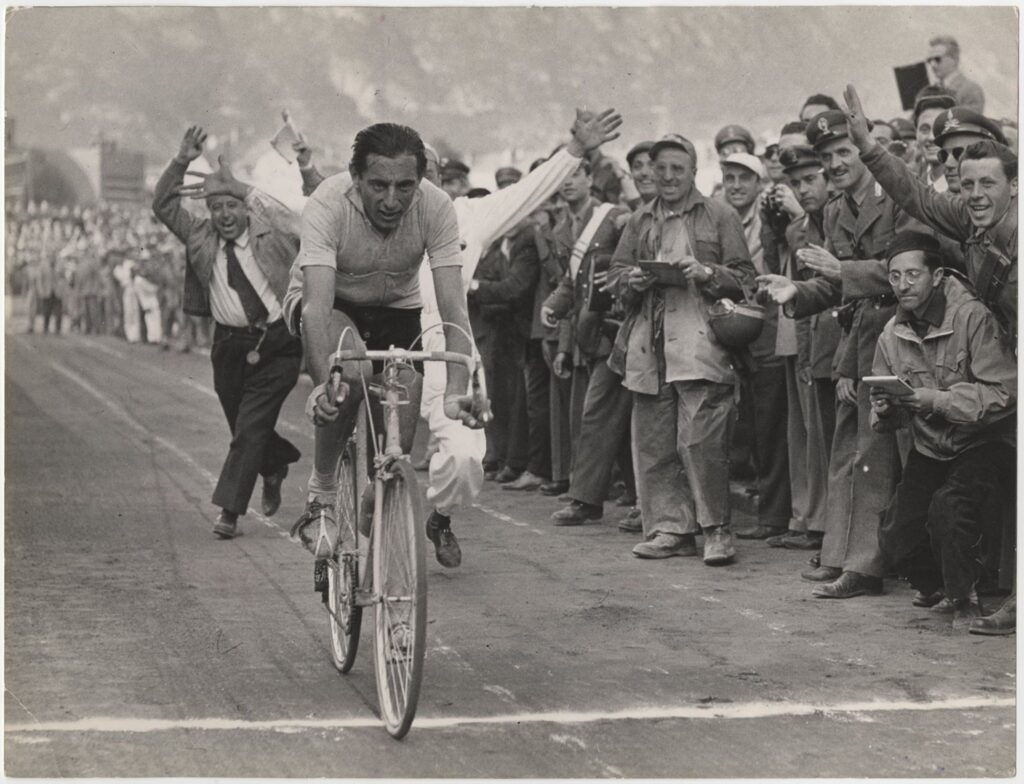
Fausto Coppi (also known as the Campionssimo, or the Champion of Champions) was born in 1919 and won seven tours. He was known for his flamboyance and the way he publicized his affair with his mistress. Personal life apart, he, along with Gino, infused life into war-torn Italy, which was searching for heroes in sport to revitalize the national spirit. He won races by large margins and conquered the Tour de France twice- in 1949 and 1952. One of the momentous races by Fausto is the 1946 Milan-San Remo race. Over a span of 181 miles, he aggressed early and won 14 minutes clear of the man who came second, and more importantly, 18 minutes clear of Gino. In 1951, overcoming his brother Serse’s emotional setback, he finished a creditable tenth in the Tour de France. Having been malnutrition in his youth, his brittle bones gave way a lot of times, causing numerous fractures. While on a hunting safari to Africa, he was infected by malaria, which was fatally misdiagnosed by the Italian doctors. Fausto Coppi died in 1960, at the age of 40.
Their Rivalry
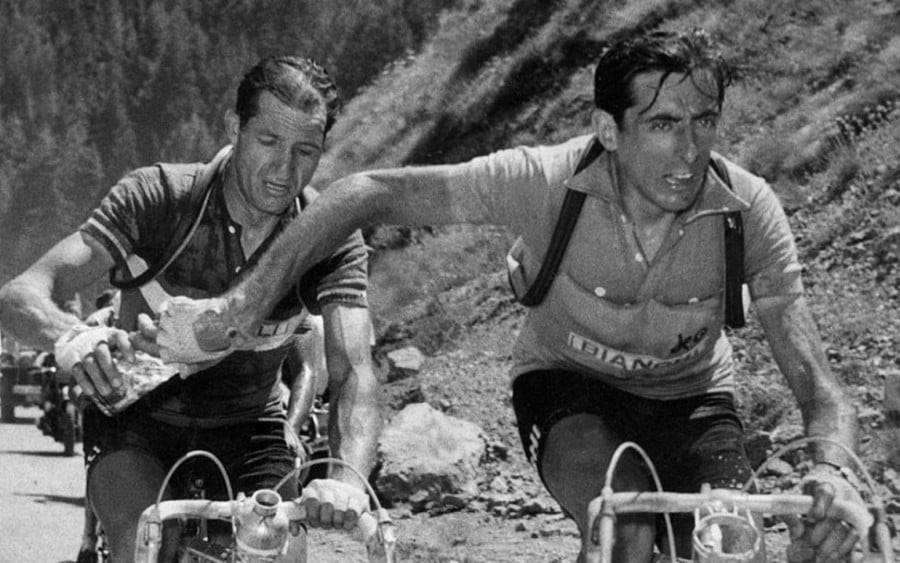
Gino was the undisputed leader of Italian cycling until Fausto came along. World War II interrupted the riders at the peak of their careers, but Gino still won the Giro in 1946, and Fausto did it four more times after the war. (In fact, in between Fausto’s victories in 1940 and then in 1946, he spent some years languishing as a prisoner of war in North Africa.) The tussle between the two was the stuff that legends are made of, and there were numerous one-day classics between the two, not to mention the epic battles in the Giro and the Tour de France, which endeared both of them to the Italian public. Though Gino was the first to identify Fausto’s talent and draft him into his cycling team, Fausto soon asserted his superiority leaving Gino frustrated. But Gino soon recognized Coppi’s natural gifts. He wrote, “On a bike, Fausto was like a god. When he got off, he was a mortal, but when he pedaled, he was supernatural. His suppleness, his form, this plastic in motion constituted a complete spectacle. It’s easy to understand the enthusiasm of so many to see him in action.” Fausto was considered better talented than Gino. Gino spared no idea to keep track of Fausto and to discover his Achilles heel. He found out that Fausto had a weak vein that troubled him between the 160th and 180th kilometers of a race. Asking a friend to keep tabs on him, Gino attacked when his friend gave the signal that the weak vein was troubling Fausto and won easily. There were also times when personal rivalry got the better of both of them, and they put their quest for besting the other over the cause of the race. This attitude got them suspended from racing for Italy for a period of three months. Eventually, Fausto was rid of Gino’s troublesome intrusion into his privacy when the latter retired.
